3.1. Types of containers and their characteristics
Containerization
is a system of intermodal cargo transport using standard ISO containers that
can be loaded on container ships, railroad cars, and trucks. There are two
common standard lengths, 20 ft (6.1 m) and
40 ft (12.2 m). Container capacity (of ships, ports, etc) is measured in
twenty-foot equivalent units (TEU).
|
Standard containers
|
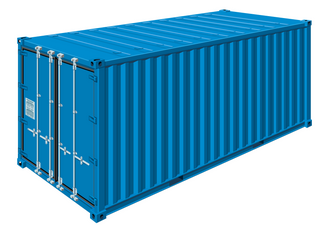
|
Open top containers
|

|
|
Open side containers
- are
ideal for loading and unloading wide cargo that cannot be easily fitted
through end doors.
- have
doors that open along the length of the container, providing a wide access point; there are no bars or pillars
obstructing access.
- are
used in situations where greater flexibility is needed for cargo handling,
allowing more efficient and faster loading and unloading compared to standard
containers.
|
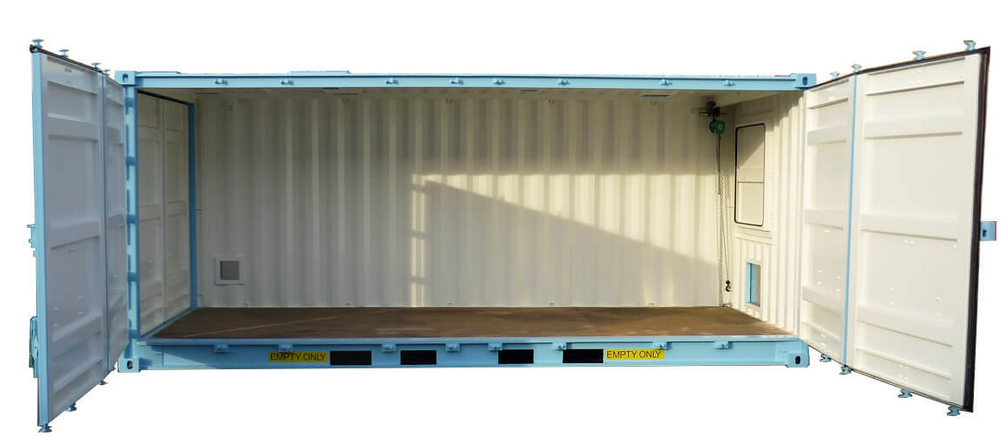
|
|
Flat rack containers
- consist
solely of a platform with extremely high loading capacity; they have
no side or end walls.
- the platform usually consists of a steel frame and a wooden floor structure.
- have
a high loading capacity, making it possible to stuff oversized and very heavy
cargo.
- Lashing rings that may take loads of up to 3.000 kg are installed in the side rails.
|
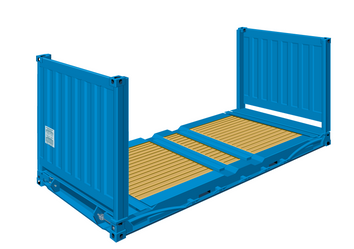
|
Refrigerated containers
(reefers)
|
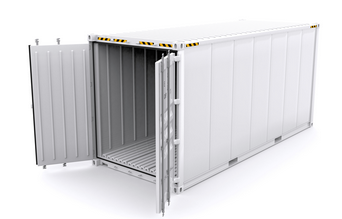
|
|
Insulated containers
- are
equipped with a double wall which reduces the impact of the outside
temperature. To protect goods against condensation and humidity, containers
are often sealed.
- on
board, the inside of the container is supplied with cold air via the ship’s
central cooling plant.
- off
the ship, the temperature is controlled by a terminal refrigeration system or
"clip-on units".
|
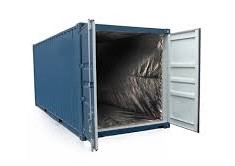
|
|
Ventilated containers
- are
also known as passive (naturally) ventilated or coffee containers.
- are
used especially for cargoes which have to be ventilated in transit (e,g. green coffee beans)
- Ventilation
is provided by ventilation openings in the top and bottom side rails. The openings
do not let in spray, and prevent depreciation of the cargo.
- Lashing
rings that take loads of up to 1,000 kg are installed in the upper and
lower side rails and the corner posts.
|
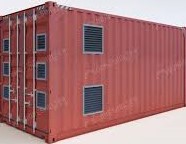
|
Last modified: Thursday, 24 October 2024, 7:54 AM






